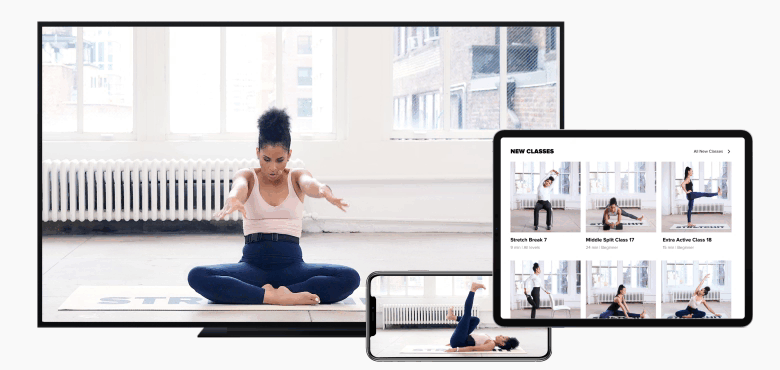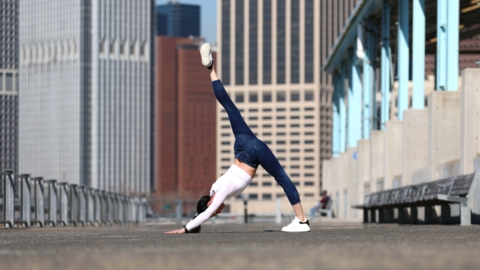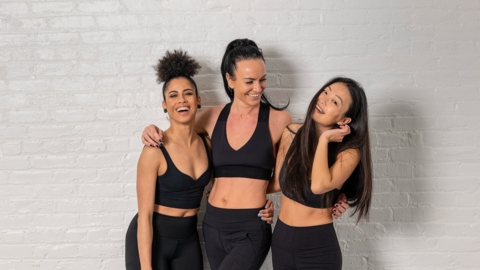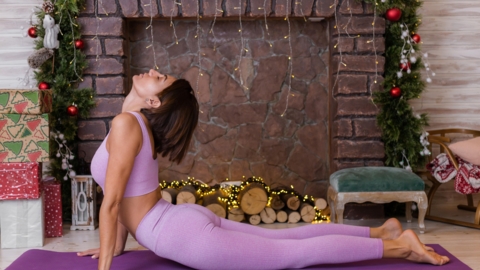How To Master Three Legged Downward Dog Leg Lifts

Even if your legs currently feel more like rusty springs than nimble limbs, with a little practice, three legged downward dog leg lifts can become your secret weapon for strength and flexibility.
This movement not only creates a deep stretch in the back, hamstrings and calves, but also helps strengthen the core, glutes and shoulders.
So grab your mat, channel your inner zen, and let’s break down how to master this iconic stretch.
What Actually is a Three-Legged Downward Dog?
In theory, the three-legged downward dog leg lift is exactly what it sounds like: a downward dog, but with one leg lifted into the air.
But, there’s more to it than just flinging one of your legs in the air and calling it a day.
- Start in a regular downward dog - hands on the mat, feet hip-width apart, and your body forming an inverted V.
- Engage your core and glutes as you slowly lift one leg straight into the air, keeping your hips square. Try to really squeeze your glutes to lift your leg up and keep the glutes activated to keep your leg elevated.
- Push into the ground with both hands for added stability and try to keep your standing leg as straight as possible.
- If you can, try to keep the heel of your standing leg on the ground.
- You should feel a stretch through your back, hamstrings and calves.
Although this movement looks like the epitome of flexibility, it’s also a real test of your core and lower body strength too… which is why it can be so challenging to master.
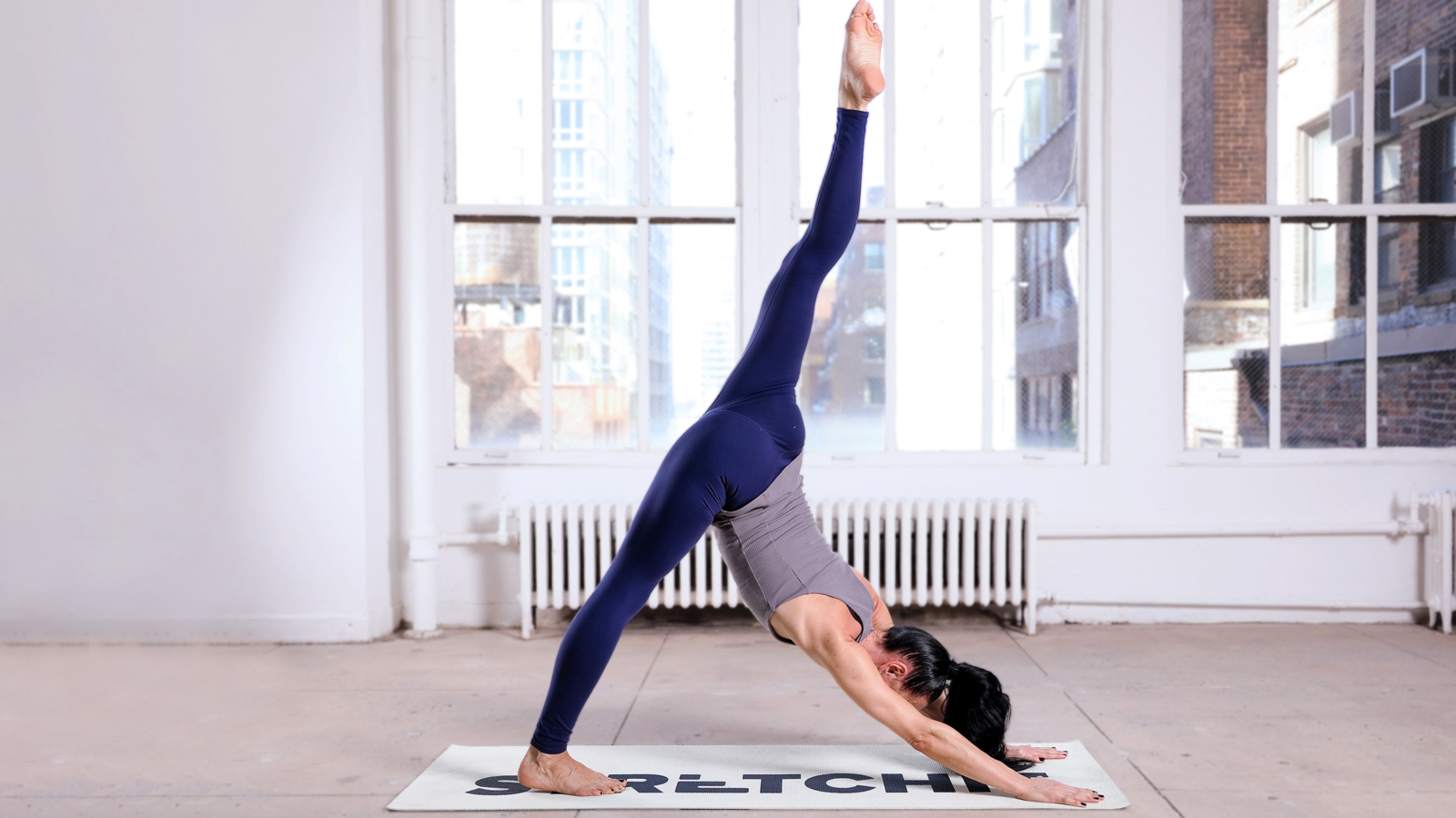
Why We Like It
Stability and Balance
If you enjoy downward dog and want a logical progression, you’ve found it.
By lifting one leg up, you're forced to engage stabilizer muscles in your core, as well as firing up the muscles in your derrière, which instantly increases the difficulty.
It’s a great movement to practice and work towards, once you’ve got your downward dog on a leash.
Glute Activation
Your glutes are recruited and activated when you lift and hold your leg into the air.
This can be a simple way to include some isometric glute training in your daily routine, without really knowing it.
It’s also a great example of how a single movement can improve both flexibility and strength, which is very useful if you’re short on time.
Active Hamstring Stretch
To achieve a truly impressive downward dog leg lift, both legs should be straight… and this requires a high level of hamstring flexibility.
But unlike passive hamstring stretches, the elevated leg requires your body to support the stretch without any help (which makes it harder). This creates what feels like more functional flexibility, which is ideal for any sort of athletic performance.
Dynamic Stretch Flows
One of the best things about the three-legged downward dog is how easily it transitions into other poses and stretches.
This makes it ideal for anyone who likes their stretching routines to feel connected and continuous.

What Makes It Challenging
The difference between elegance and embarrassment largely depends on the following:
Hamstring Flexibility
Your hamstrings are the main player when it comes to both legs in this pose.
If the hamstring on your grounded leg is tight, you’ll struggle to straighten it, which can throw off the entire stretch. Working on hamstring flexibility is key to keeping your balance and alignment.
On the other leg, your hamstring determines how high you can lift. The more flexible it is, the easier it will be to extend the leg fully, reaching for the sky without compromising form.
Hip Mobility
Tight hips will limit how much you can open up in this pose. You need hip mobility not just for the lifted leg, but to keep the hips squared and balanced as you move into the position.
Working on hip mobility through other stretches like the pigeon pose or seated butterfly stretch can help improve your form here.
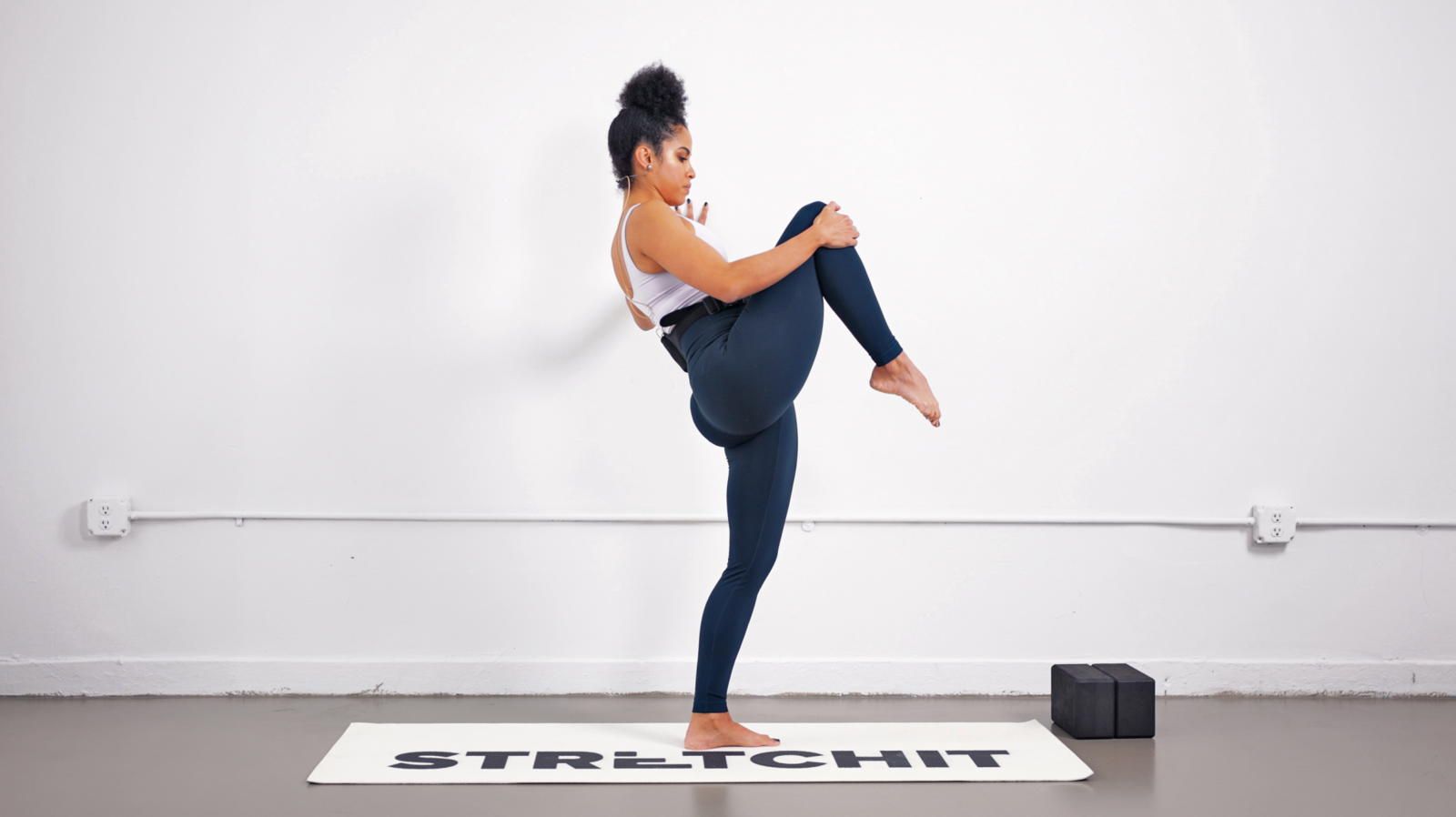
Tips for Nailing It
Use a Wall for Support
If you're struggling with balance, use a wall to support your lifted leg as you build strength and flexibility. It gives you the stability you need while letting you focus on form.
Perfect Downward Dog First
A solid downward dog is the foundation of this pose. Make sure you’re nailing your alignment and form in downward dog before adding the leg lift.
Engage your core, press through your hands, and lengthen through your spine.
Stretch Those Hamstrings
Incorporate hamstring stretches into your regular routine.
Forward folds, half splits, and anything that targets the posterior chain can all help loosen up your hamstrings and make this pose feel more accessible.
Track Your Progress
Don’t get discouraged if your leg doesn’t go as high as you'd like at first. Keep track of how your flexibility improves over time, and celebrate those small wins! It’s about progress, not perfection.
Get Started with STRETCHIT
Mastering the three-legged downward dog is all about consistency and proper guidance.
That’s where the STRETCHIT app comes in. With structured stretching programs designed to help you improve flexibility and mobility, STRETCHIT can guide you through not only individual stretches, but full-body routines too.
The app’s programs are easy to follow, helping you track your progress as you inch closer to nailing that perfect three-legged downward dog leg lift.

